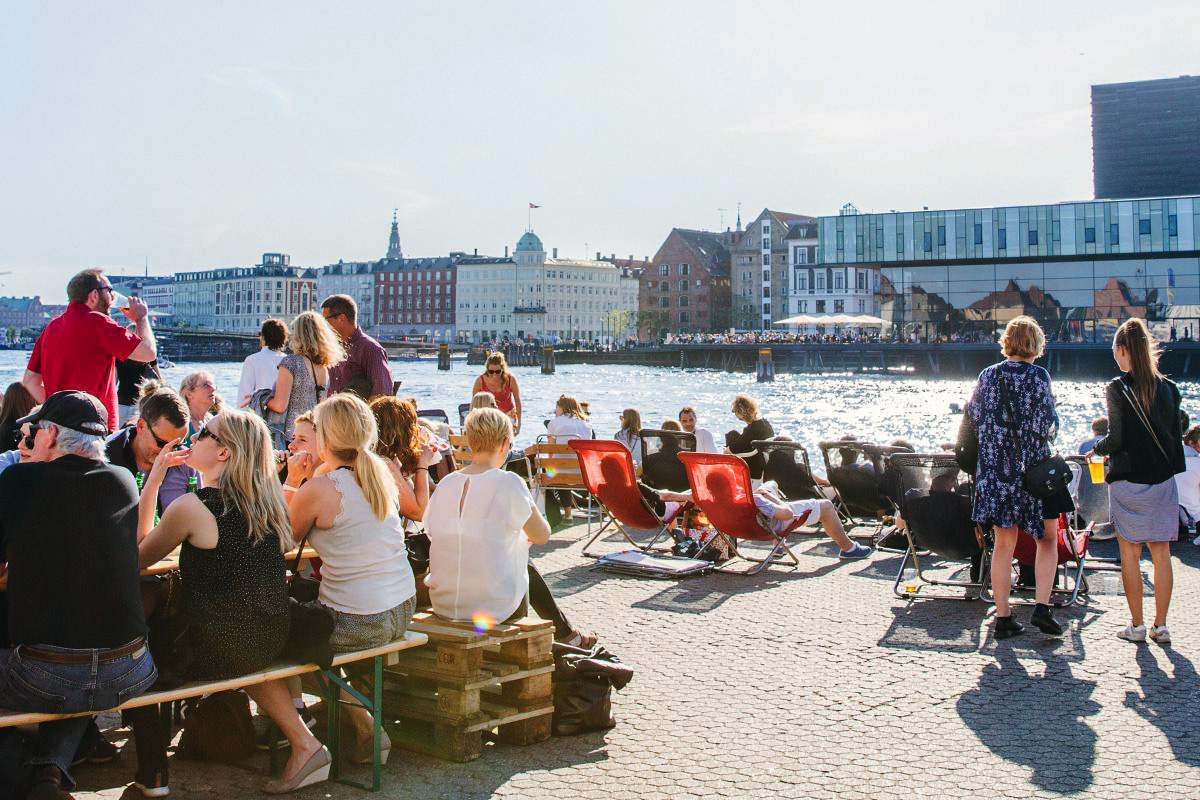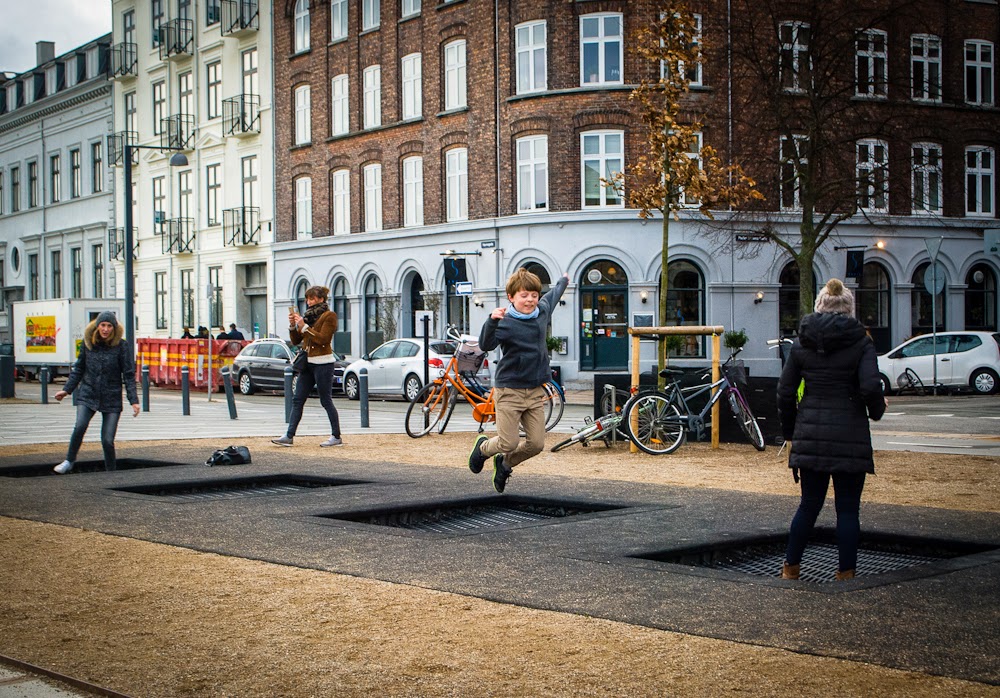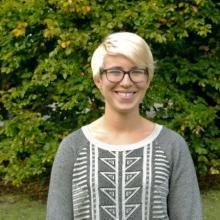
As a study-abroad university teacher in Copenhagen, I am often asked by students how, as an American, I was able to find myself living and working in this wonderful city. I tell them that I am fortunate to teach American study-abroad students the tricky topic of Urban Liveability.
We look, particularly, at liveability as an indicator of health and happiness within a city. When my students approach me to discuss their future, I notice a couple of very specific things. One, they are so full of ambition—and curious about how to remain abroad. Copenhagen, one of the most livable cities in the world, has found a place their heart, and they want to stay. Two, they come to me as students of the humanities who want to know how to break into the field of urbanism.
I preach that one does not need to be a designer in order to work in urban design. I myself have made my profession from urban anthropology. It is meaningful to me that I teach students who are interested in pursuing a career path toward urbanism that no matter what your skill is, there is always a niche for you within this world. Recently, I met with a passionate study-abroad student who I know will go far in this field. She showed unbreakable enthusiasm for Copenhagen and urban design. Here is an account of the Copenhagen experience through her eyes. – Sophia Schuff
The Copenhagen Experience
by Tara Singh
Upon moving to Copenhagen from Berkeley, for my semester studying abroad, I quickly realized how hard assimilation would be in some regards, especially when learning Danish. Very few words sound as they are spelled, and sometimes the only way to pronounce certain words correctly is by saying them at least ten times with your finger holding your tongue down. Despite the difficulty in learning Danish, my transition into becoming a temporary “Copenhagener” in many other ways has been smooth, inspiring, and invaluable.
Like other languages, Danish has many words that cannot be directly translated into English. Whether or not this is because of colloquialisms or cultural differences, some words just cannot be understood without having a lengthy conversation with a local in order to truly understand the meaning. One of the many words is the widely popularized term “hygge,” which has recently gained traction after a study commissioned by the UN recognized Danes as the happiest people in the world. The word can roughly be used to describe a “cozy” environment, but overall it really refers to enjoying the good things in life with those around you.

Copenhagen, opened in 1843 and is the
second-oldest operating amusement
park in the world.
If you have not experienced hygge, then you most definitely have not experienced Denmark or, for that matter. Hygge is much more than grabbing a socially acceptable beer at two o’clock on a rainy Wednesday afternoon. It is a distinct part of Danish culture that can even be seen in the foundation of its cities, especially Copenhagen. Being in one of the most liveable cities in the world has made my study-abroad experience a seamless transition into a culture far from my own. Copenhagen’s openness and accessibility, along with its inviting landscapes, create an unmatched environment to foster urban life for all residents, visitors, and temporary inhabitants (like myself).
Copenhagen’s urban design captures the essence of hygge, as it encourages residents and visitors of the city to play. The city is an incubator of what I would call “urban hacks”: interventions of unique design that challenge the conventional framework of the urban fabric by getting people to pause and participate with the city. One of these urban hacks is the trampolines located in Ny Havn, one of my favorite places. These are essentially recreational trampolines located at the waterfront and are open to the public. Many people pass by these unassuming hotbeds for play without knowing that they even exist, but this hiddenness is part of their beauty.

The trampolines often go unnoticed when nobody is jumping on them. However, the exact opposite occurs when a sole individual begins to use them, in turn acting as a domino effect of spontaneous reactions as other people start to notice them too. Countless memories and innumerable contacts have been made in this space. One of my favorite encounters was witnessing an 80-year-old Danish man relive his youth by playing the air-guitar while bouncing on these lovable play structures.
These trampolines are the epitome of hygge. They invite people to interact with the environment and, more importantly, with one another. Even the most serious, suit-clad Copenhageners are reduced to being their inner child when launching from one trampoline to the other. It’s hard not to laugh at yourself or with your neighbor on one of these structures. From Danish grandmothers taking a stroll to teenage boys visiting from London for the weekend, all kinds of people are brought together here and are moved to interact with one another in the most hyggeligt of ways.
Whoever said adults can no longer play was completely wrong! On the contrary, Copenhagen is a city for all, one giant playground for adults and kids alike. The city’s built landscape is the epitome of liveability and is anti-discriminatory in a multitude of ways. Everyone gets to play in the sandbox. Unlike many cities in the United States, you do not need a car to access basic necessities such as your place of work, school, green space, groceries, etc. Biking and public transportation create equity and harmony due to the lack of physical restrictions and economic limitations placed on getting from one place to another.

inviting landscapes,create an unmatched environment
to foster urban life..."
One of the reasons why I am so unwaveringly in love with this city is because it is truly built to be a city for people. When hosting visiting family and friends, their most immediate reaction is that “it just makes sense.” With Copenhagen’s ideals stemming from the five-finger plan in 1947, the city has always strived to implement logic and liveability into its expansion. The plan concentrates on the values of providing all residents with access to schools, transportation, and green spaces within close proximity to their home. As an aspiring city planner, I view this as a basic human right.
My love for Copenhagen can be summed up with my conclusion that it is a city that acknowledges and appreciates the life within these urban environments. The eloquent words of Jan Gehl—“first life, then spaces, then buildings—the other way around never works”—capture the spirit of Copenhagen. Many conventions of architecture focus on the beauty of buildings while often neglecting the life of the people that inhabit these spaces. These spaces in-between buildings are just as important, since they are as equally animated with life as the buildings themselves. Moreover, these are the spaces that foster life and exude beauty and connectedness, touching us in the most powerful ways. As more people move into these urban environments, it will become increasingly important for the design of cities to improve the lives of those who inhabit these spaces. Thus, we need to focus on creating spaces that bring out the joy in life, rather than subdue it.
Whether or not Danes are the happiest people in the world is not something that I can neither confirm nor deny. I think that this metric is somewhat meaningless, since happiness cannot truly be quantified. However, what I can say is that the liveability of Copenhagen truly does impact quality of life. The way a city is built greatly influences the lives of residents. Seeing the effects of the simple installation of a trampoline and the equality of access to basic necessities for residents of Copenhagen has reinforced my desire to pursue a career in Urban Planning. I truly believe and have experienced firsthand just how inextricably linked the built environment is with the quality of life. ![]()

